TRISAT-R ready to fly in French Guiana
The underlying purpose of the TRISAT-R satellite is to perform valuable measurements of ionising radiation in the medium Earth orbit with the aim of modelling the magnetosphere environment and to better understand space weather.


Live broadcast -The launch of VEGA-C
Watch the live broadcast of the launch of the VEGA-C on the ESA WEB TV.
After the successful customs inspection and preparation of the export declaration, on Thursday, 2 June, the new Slovene TRISAT-R satellite left the clean room of the Laboratory for Electronic and Information Systems at the Faculty of Electrical Engineering and Computer Science of the University of Maribor and arrived by plane on 3 June via Vienna and Paris to French Guiana. On Friday, 10 June, it was placed on the LARES-2 structure that is expected to fly to space on 13 July on the first flight of the new European VEGA-C launch vehicle.
TRISAT-R is the first institutional demonstrational mission which is primarily carried out by the Faculty of Electrical Engineering and Computer Science of the University of Maribor under the contract with ESA and in cooperation with CERN and the Slovene company SkyLabs. It is an extremely risky mission into the very heart of ionosphere in medium Earth orbits at an altitude of 6000 km or a mission into an environment with extremely increased ionising radiation. Due to the high level of radiation, the expected lifetime of the TRISAT-R satellite is approximately 2 years, however, the risk of the mission itself is increased by additional factors, such as the performance of radio communication at an exceptional distance with a very small object in space and the success of the first flight of the VEGA-C launch vehicle.
Due to the high Earth orbit, after its railing and new life cycle, the TRISAT-R satellite will not move closer to our planet Earth and burn out but will slowly move away from the Earth and stay in space forever. The first flight of the VEGA-C launch vehicle will also bring the first nanosatellites into space in the middle Earth orbit. This time, Slovenes are taking this exceptional step together with only two leading European space nations, namely with the French and the Italians. By doing so, Slovenes will get a small, but eternal monument in space.
The underlying purpose of the TRISAT-R satellite is to perform valuable measurements of ionising radiation in the medium Earth orbit with the aim of modelling the magnetosphere environment and to better understand space weather. At the same time (as technological demonstration), it presents the technological capabilities of Slovene high technological know-how and Slovene breakthrough technologies as well as achievements of Slovenian companies in the field of space technologies. The TRISAT-R satellite is based on a platform with an extremely high level of miniaturisation and is entirely designed, planned and manufactured in the Republic of Slovenia. What is more, according to its weight of 4965 g and size 30 x 10 x 10 cm, it falls within the nanosatellite category with a standard size of three units.
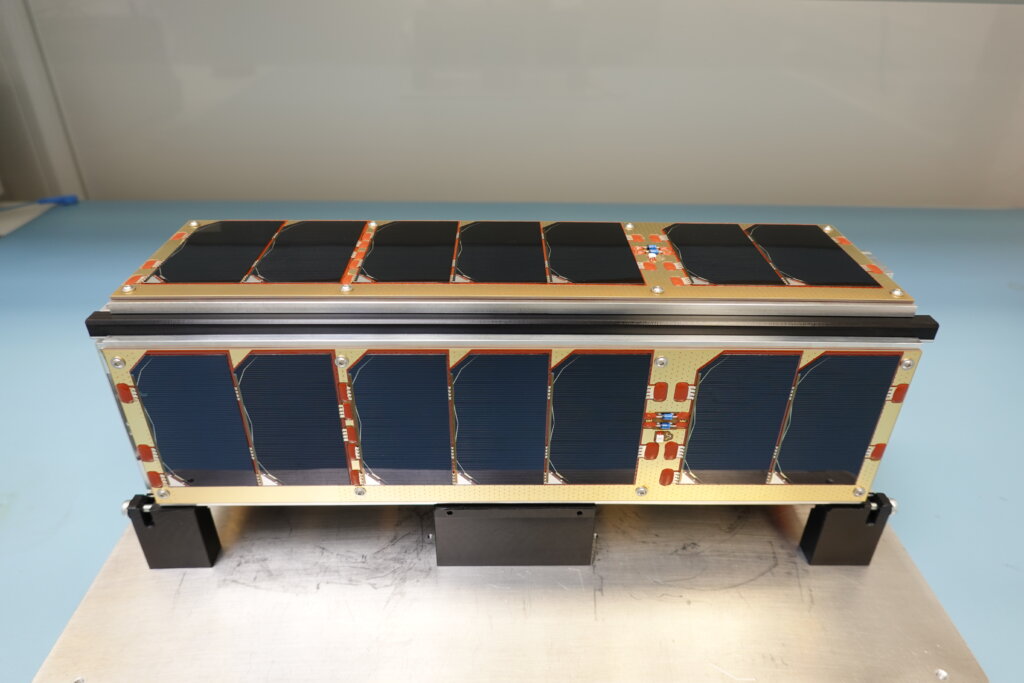
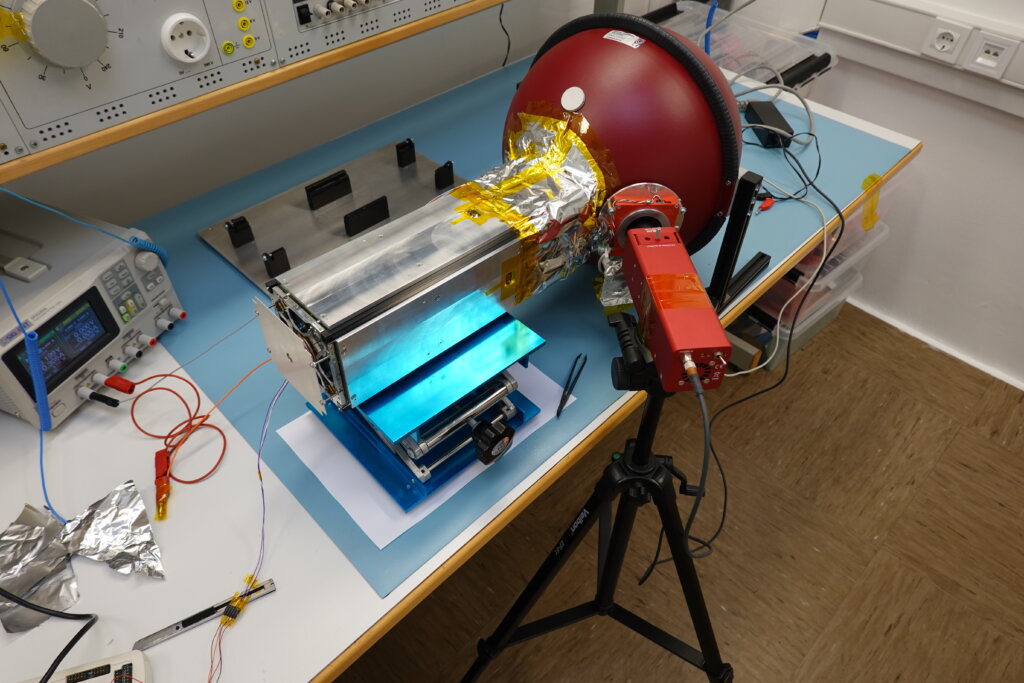
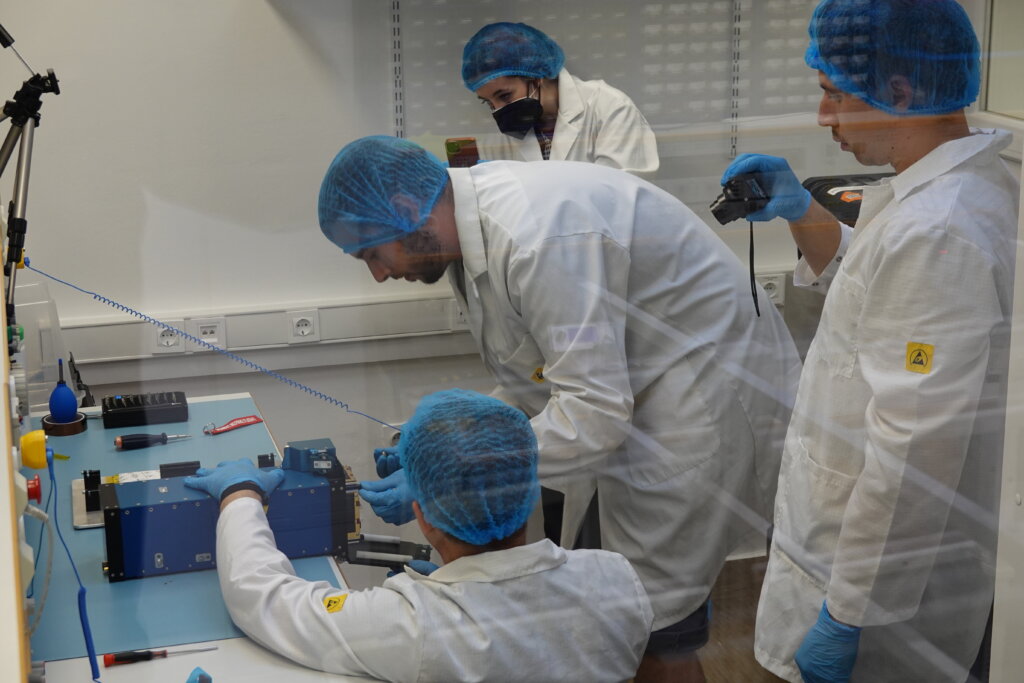
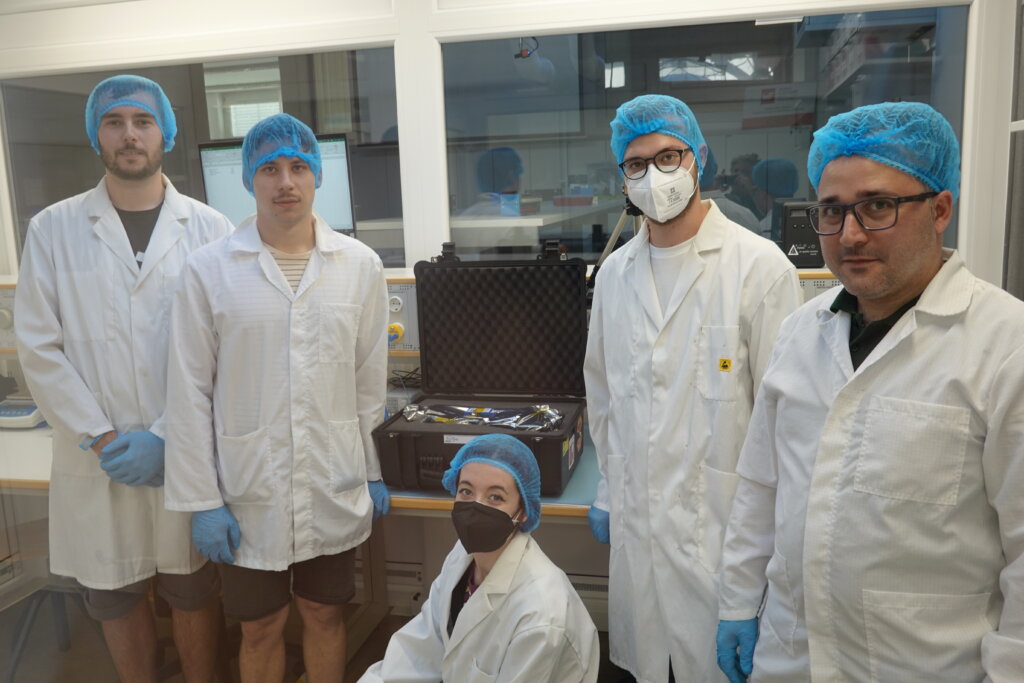
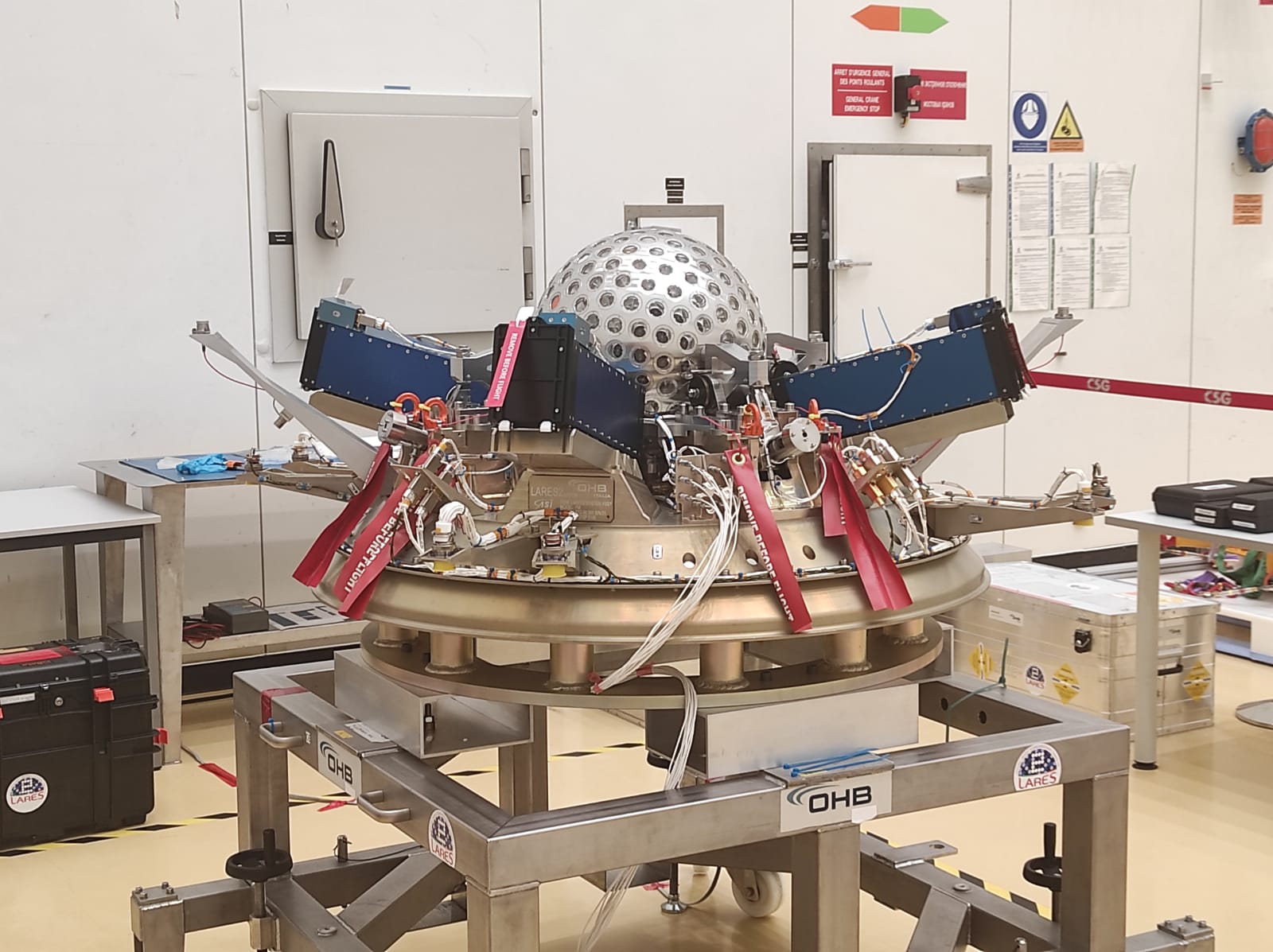
“On board of the TRISAT-R satellite is a bunch of new features and technological innovations that through their demonstration of operation in the space environment enable Slovene companies to strengthen their position and status in the space technologies market,” said the project leader, doc. dr. Iztok Kramberger. The SkyLabs computer on board of the satellite is powered by the Slovenian processor PicoSkyFT that obtained the new machine accelerated unit for floating point operations, enabling the satellite to enhance the available computational skills and exactness at a significantly reduced electric energy consumption. This contribution is especially important for algorithms of determining satellite orientation and stability control which, in case of the TRISAT-R satellite, is based on magnetic torquers. “We were among the first in the world to manage to print the complex internal mechanical parts of the TRISAT-R satellite from plastics in a way that we successfully passed the very demanding qualification tests for the flight required by ESA. Due to the much weaker magnetic field in the medium Earth orbit, a new miniature and extremely sensitive magnetometer had to be developed, the operation of which will enable the detection of the Earth’s magnetic field fluctuations upon the blows of the solar wind as a result of solar flares,” explained doc. dr. Kramberger. The TRISAT-R satellite is equipped with two ultra miniature cameras that have a volume lower than one cubic millimetre and are smaller than solar sensors.
“Regarding the scientific instruments on board the TRISAT-R satellite, we will fly two measuring devices of the common ionization dose, namely one from CERN and one that was developed in our laboratory. The latter was characterised at the Jožef Stefan Institute to gamma and proton radiation as well as at UKC Maribor to electronic radiation,” added the project leader. Moreover, the satellite is equipped with CERN’s instrument for space environment characterisation based on high-energy hadrons with the aim of improving the environmental magnetosphere models.
On board the satellite are also two loads of the company SkyLabs and one load of the European Space Agency (ESA). The ESA load, named Chimera, is intended for the characterisation of modern semiconductor memory technologies’ resistance to individual radiation events and the loads of the company SkyLabs serve as a demonstration of the operation of Slovene high performance electronic systems that address the upcoming era of using artificial intelligence applications directly in space. “The first load of the company SkyLabs is the radio communication subsystem NANOlink on which the radiation protection techniques are tested and was already characterised in CERN, where, in the relevant laboratory environment with increased radiation, it received a dose equivalent to 175 years in low Earth orbit. The results obtained from tests will show a comparison between low and medium Earth orbits and at the same time strengthen the trust of customers in the reliability of the product on the market. The second load of the company SkyLabs is the high-performance computer on board named NANOhpm which is designed on the new RISC V processor core. Therefore, on board the TRISAT-R satellite to fly into space will also be the first RISC V processor, which, according to information of the European Space Agency, is also envied by NASA. The high-performance computer on board will be detecting scintillations of radio signals from GNSS navigation satellites and the obtained data could improve the modelling of faults of the navigation itself on Earth,” explained dr. Tomaž Rotovnik, director of the company SkyLabs.
The TRISAT project team is sincerely thankful to the Office for Cooperation with the European Space Agency (ESA) at the Ministry for Economic Development and Technology for its efforts regarding the preparation and adoption of the Space Activities Act which greatly contributed to the reduction of international bureaucratic obstacles in the dissemination of Slovene space technologies around the world.



